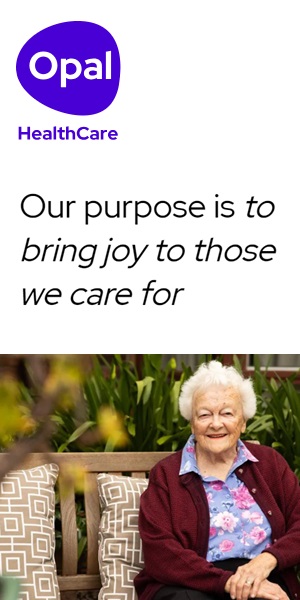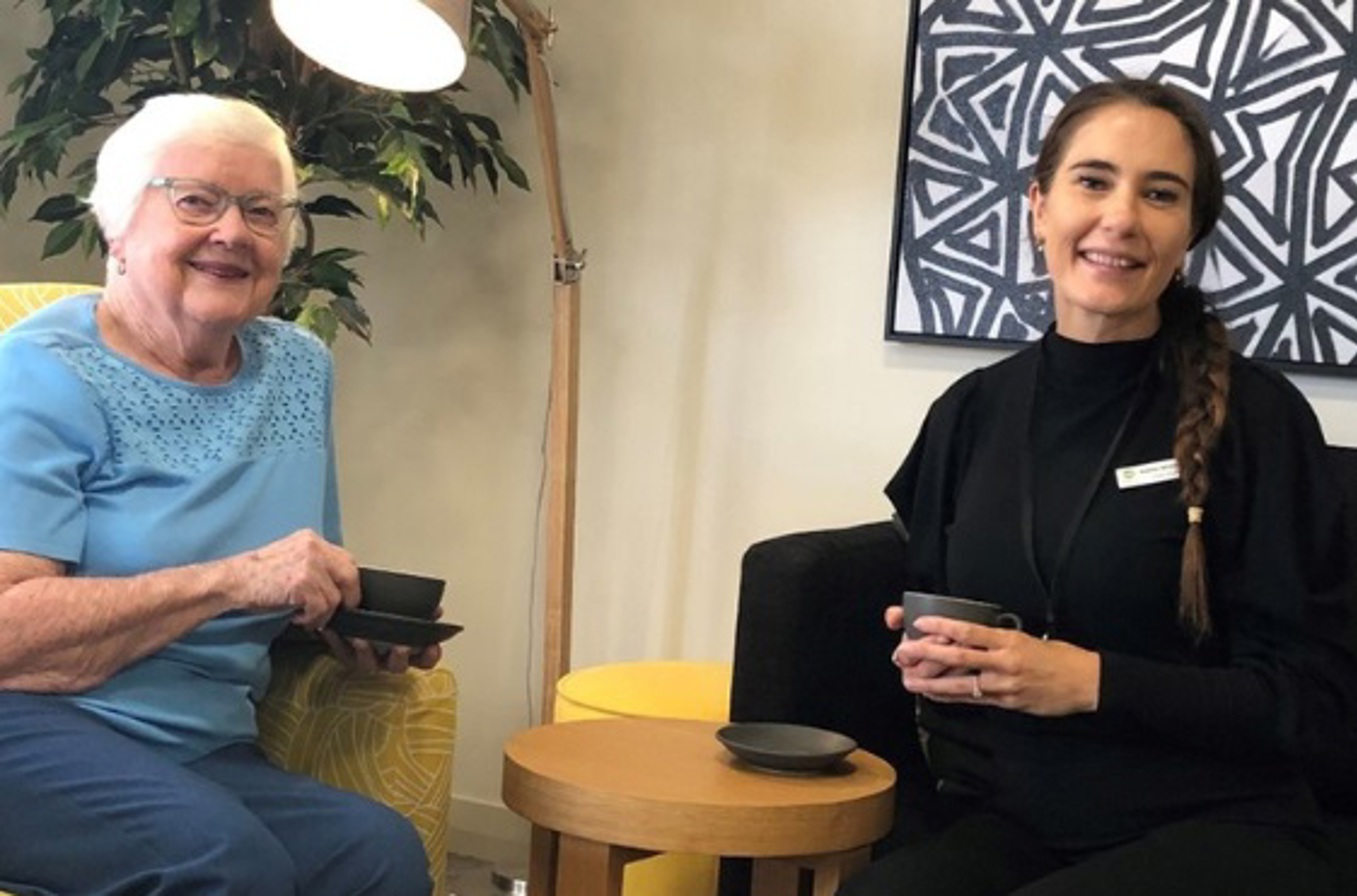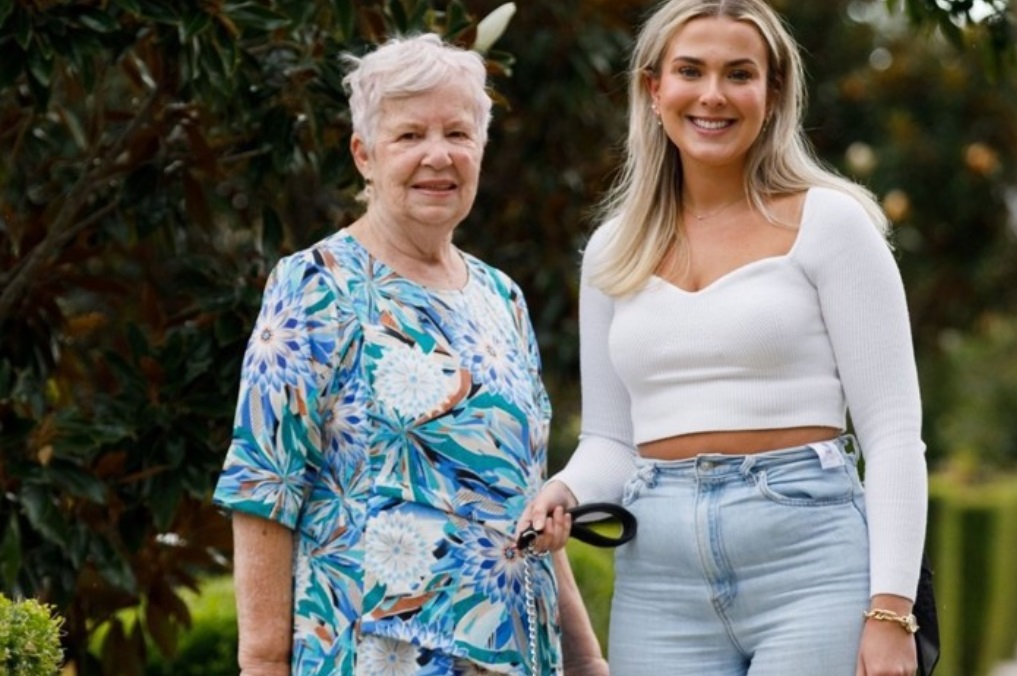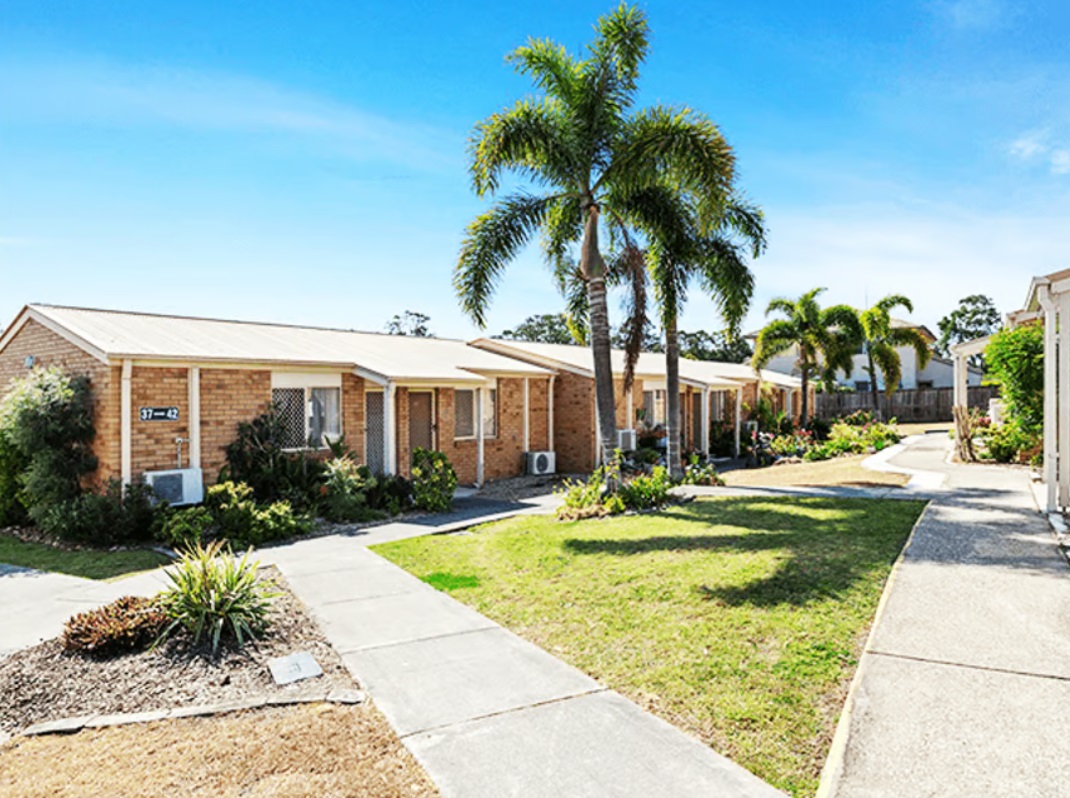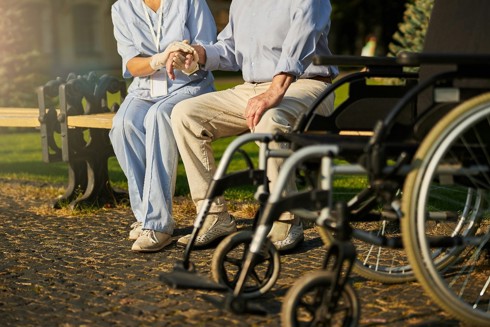Are our aged care homes really ‘dumping’ residents at hospitals?
That was the accusation this week from Queensland’s Health Minister Steven Miles, who told news media some aged care homes are refusing to hire medical staff so they can send sick residents to hospitals and save money.
The Minister was quick to accuse providers of “exploiting a loophole” as only nurses have the skills to diagnose a resident and prescribe the appropriate medication.
Around 70 per cent of aged care staff are lower-paid personal care attendants, while registered nurses make up 15 per cent of the workforce and enrolled nurses nine per cent.
So if there are no nurses on call, it is more likely that an ambulance will be called if a resident falls ill.
But the simple fact is aged care homes do not have the funding to provide hospital-level care.
Australians are also going into aged care at later ages with more complex care needs. According to the Federal Government’s aged care data site, 92 per cent of residents have high care needs.
Sadly elderly residents often have more chronic conditions that make them more susceptible to other illnesses such as UTIs too.
The issue of attracting – and retaining – staff
The Minister has demanded the Federal Government mandate nurse-to-resident ratios in aged care in the same way child care centres do.
Currently it’s up to individual providers to set their own staffing ratios, according to the Department of Health.
Could more experienced nurses reduce the rate of residents being sent to hospital? Likely yes, especially on night and weekend shifts.
However this requires providers being able to offer the wages and working conditions to attract and retain staff.
As we reported here, aged care nurses are paid up to $300 less a week than those working in the hospital and medical centre systems.
We all have the right to hospital care when we need it. If the Minister wants aged care facilities to employ more medical staff for residents, then they need adequate funding to do it.
